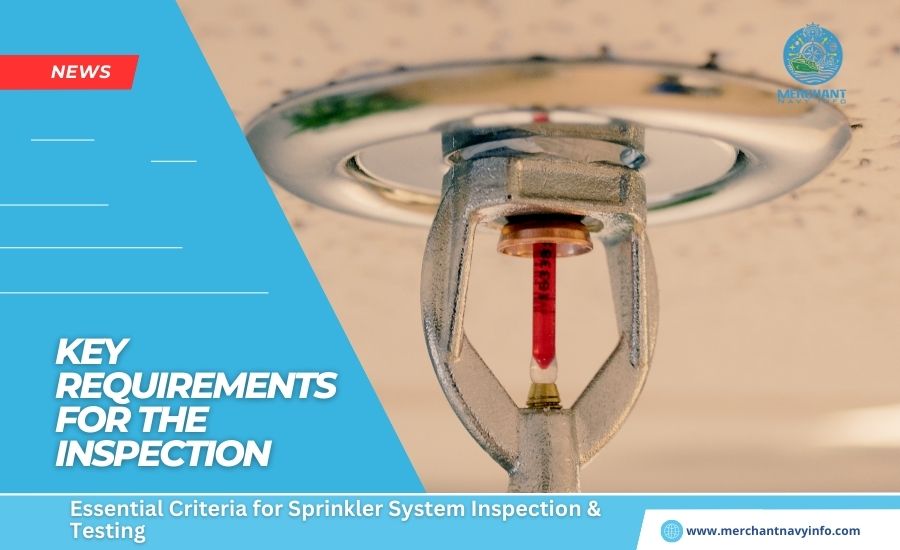
The Bahamas Maritime Authority (BMA) has issued a Maritime Notice applicable to all Bahamian vessels equipped with automatic sprinkler systems of an approved type that comply with the requirements of the Fire Protection Systems Regulations in accordance with SOLAS II Regulations 10.4, 10.5 and 10.6 Two or any other IMO code.
The BMA reports that tests have been conducted on automatic sprinkler systems from various manufacturers since 2013. Testing identified failures in both high-pressure and low-pressure automatic sprinkler systems from various manufacturers. The breakdown occurred only on ships that were more than five years old. Due to the seriousness of these findings and the need to determine the extent of these failures, the Bahamas Maritime Authority (BMA) has decided to increase the testing of Bahamian vessels equipped with automatic sprinkler systems.
Considerations
This communication considers findings related to failures of both high-pressure and low-pressure systems. The extent of testing required depends on the age of the automatic sprinkler system. Tests include a “Basic” test of 20 sprinklers to assess overall system health. “advanced” testing requires a more detailed assessment of the health of the system by testing a larger sample of sprinklers.
Automatic Sprinkler System Maintenance
The BMA recommends that the water quality of automatic sprinkler systems be evaluated through periodic sampling and analysis in accordance with the manufacturer’s instructions. Records of water quality from automatic sprinkler systems should be maintained for monitoring purposes to ensure deterioration of water quality is detected and to reduce the likelihood of damage to sprinklers leading to failure. Groundwater quality shall be determined:
1. Prior to delivery of the vessel from the construction yard, but after completion of all installation tests.
2. Each time, the system is flushed and refilled with water according to the manufacturer’s maintenance instructions or after operation/testing.










